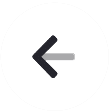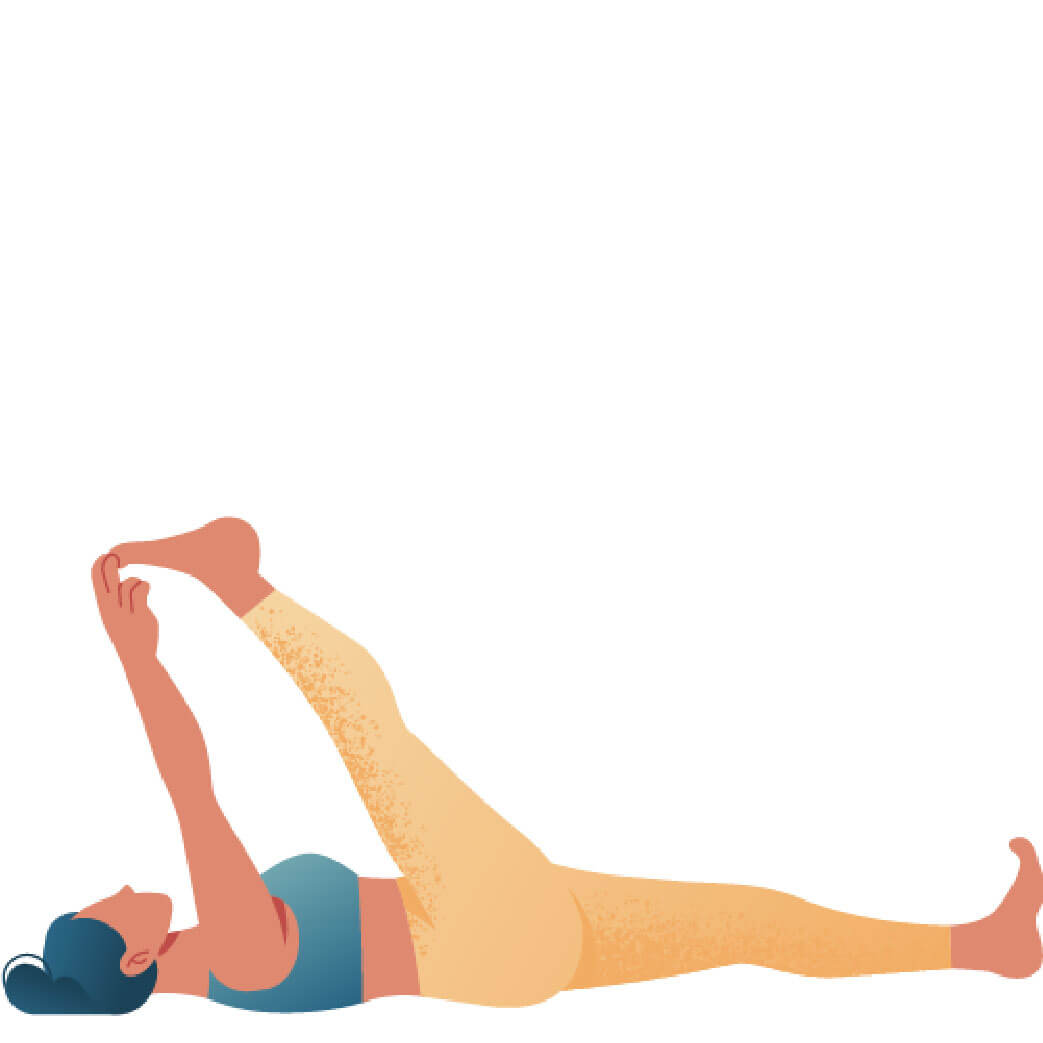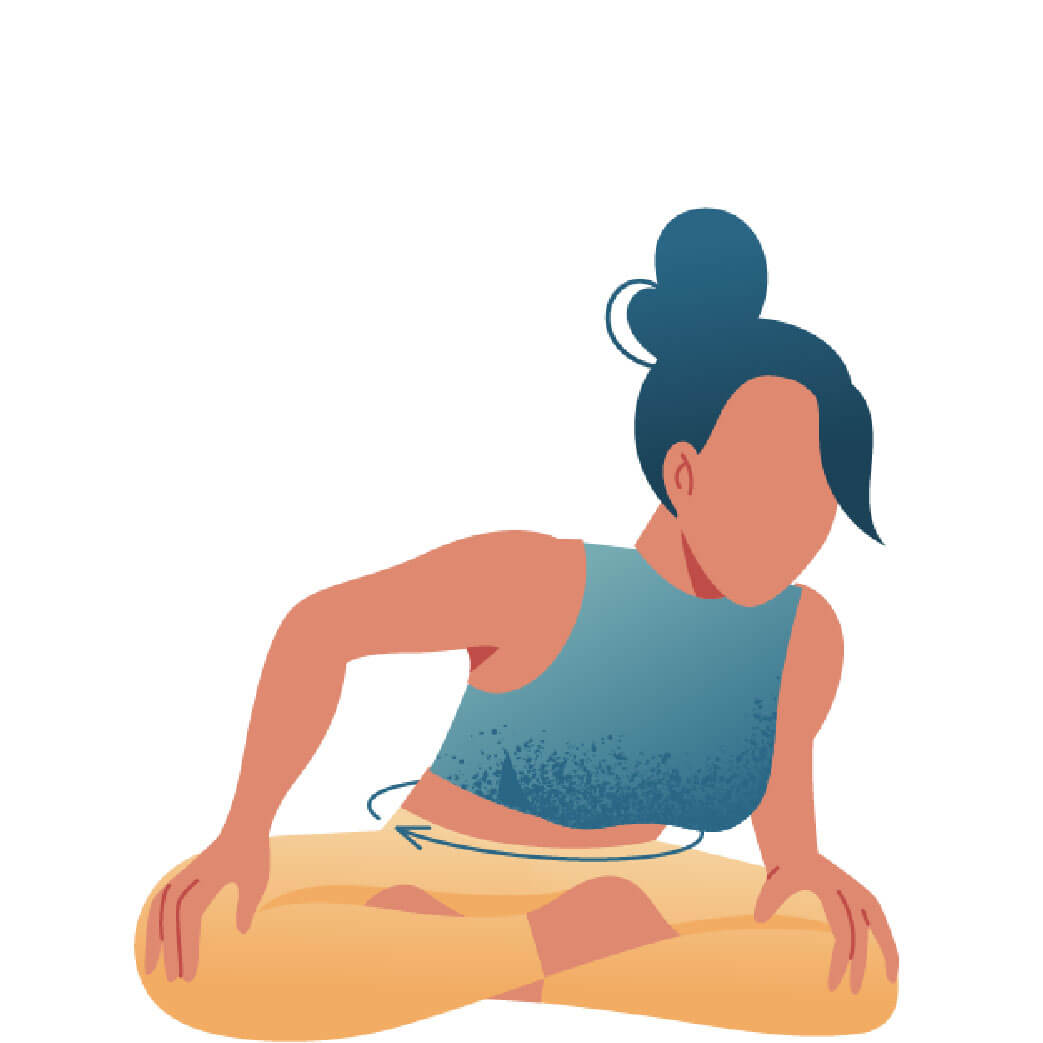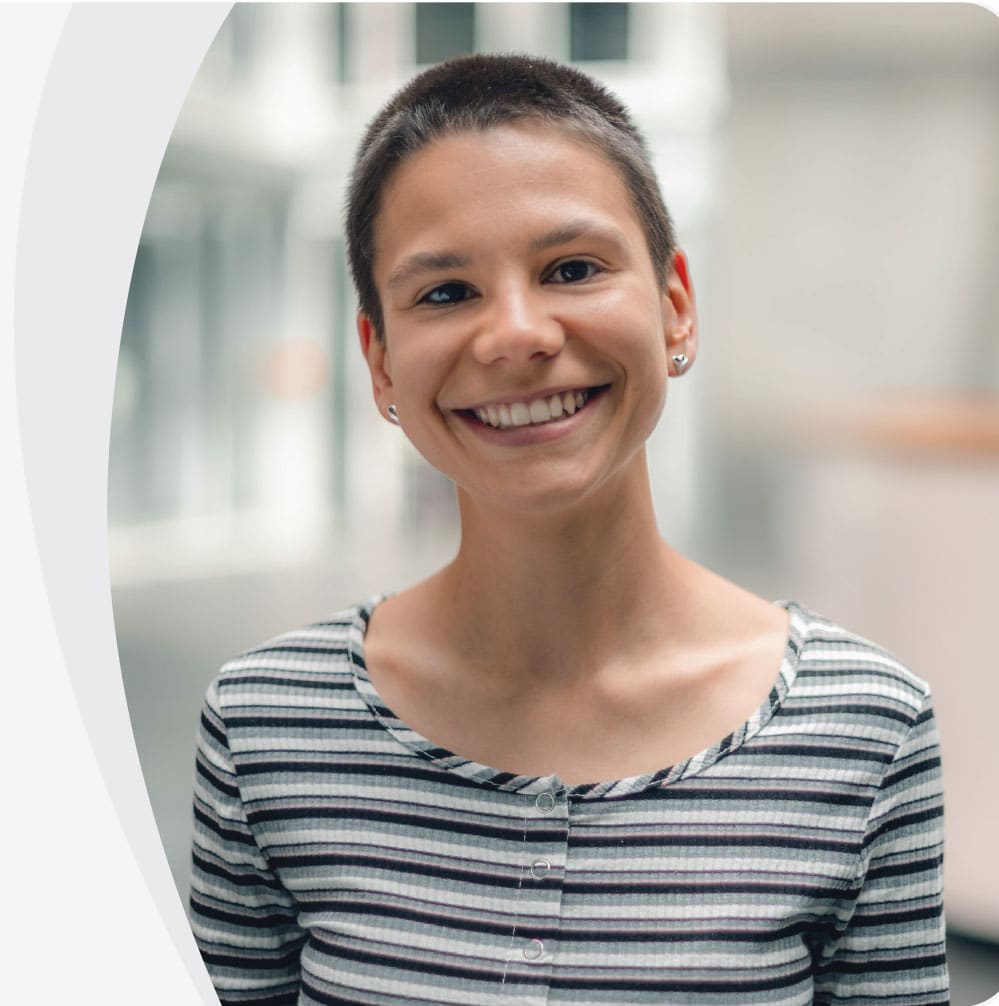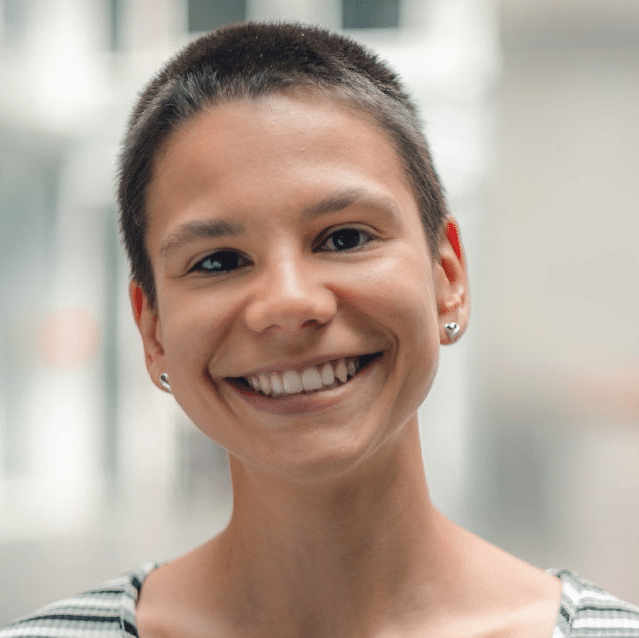
- Sanskrit (Original): Gomukhāsana
- Etymology: Cow (go); face (mukha); pose (āsana)
- Fun Fact about the pose: This pose is a perfect 3-in-1 pose: It opens the shoulders, chest, and hips.
- Asana Type: Seated
- Main length muscle groups: Top arm: triceps brachii, latissimus dorsi, teres major, pectorialis minor; bottom arm: biceps brachii, pectoralis major, serratus anterior; gluteus medius and minimus; piriformis
- Main strength muscle groups: Top arm: serratus anterior, rhomboids; bottom arm: rhomboids, latissimus dorsi
- Vinyasa Breath: Inhale and exhale possible

